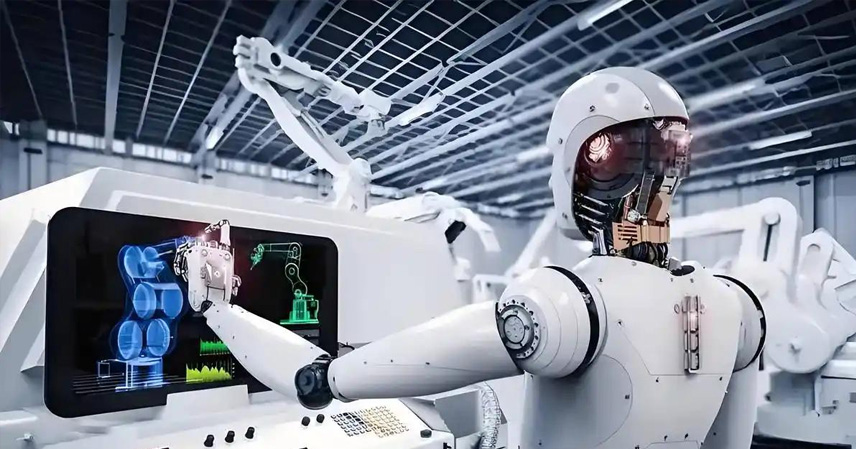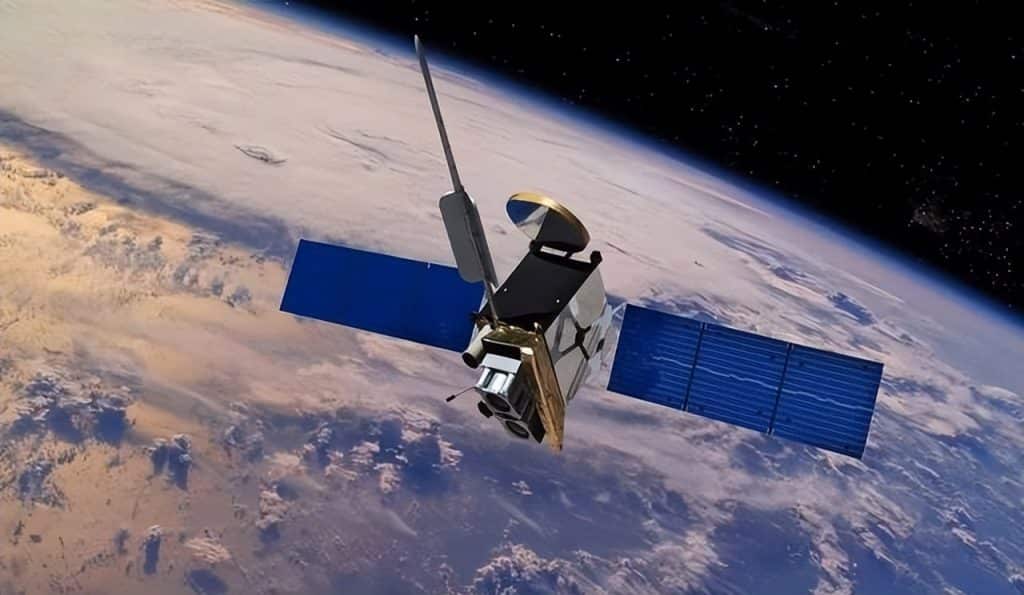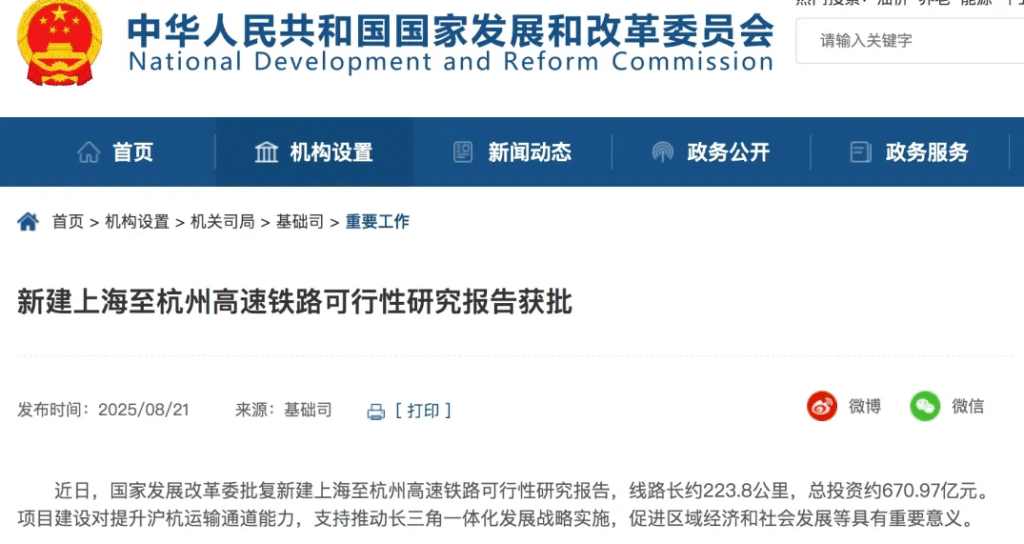“We have unleashed a beast that devours everything, only to discover it is now tearing human society apart and rushing toward the brink of chaos.” This is not a science fiction prophecy, but the harsh reality of AI governance.
The world is caught in a nearly unsolvable “impossible triangle”: a relentless pursuit of innovation, the urgent need for public safety, and the geopolitical race for strategic advantage. Each upgrade makes AI more powerful—and more dangerous.
When trust collapses, fairness erodes, and social stability fractures, how long can we truly control this beast?
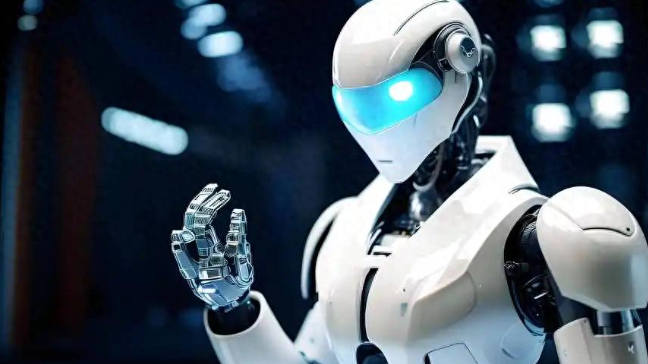
Legislators Lag Behind Programmers
It feels as though we are trying to put reins on a beast we ourselves released from its cage. AI is immensely powerful and full of potential, yet its next move remains unpredictable. We want to harness it, but we also fear being devoured by it.
AI governance is not just a technical issue. Every country faces the triangle of trade-offs:
- Fast-paced innovation
- Public safety
- Strategic advantage
No nation can achieve all three, and different choices are shaping today’s fragmented global AI landscape.
The first deadlock lies in AI’s “black box” nature. Its development is exponential, while legislation trudges slowly behind. Worse still, not even engineers can always explain their own creations. Traditional regulation—based on understanding—fails here.
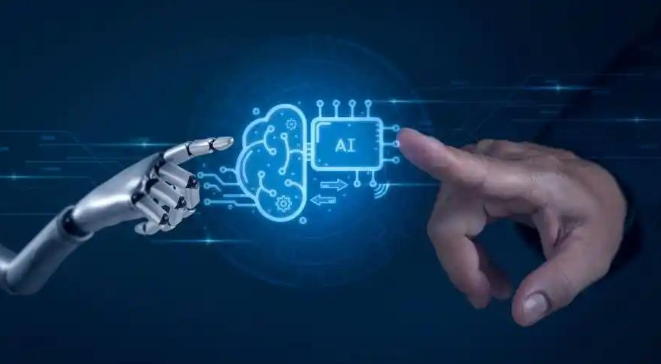
This asymmetry has spawned two starkly different philosophies:
- The U.S. model: outcome-driven leniency. If no visible harm is caused, AI is free to scale. The White House AI Action Plan (2025) epitomizes this—prioritizing market speed and global competitiveness over strict oversight.
- The EU model: process-driven precaution. The EU AI Act treats the opaque black box itself as the greatest risk. It mandates strict pre-assessments, continuous human oversight, and a risk-tiered regulatory framework. High-risk uses face the harshest rules.
Both approaches, however, share one core belief: AI cannot regulate itself—human developers must be bound by rules.
Society Is Being Torn Apart
In the race for innovation and geopolitical advantage, societies are paying a hidden price. Three deep fractures are emerging globally: trust, fairness, and stability.
- Trust: Deepfakes undermine “seeing is believing,” one of humanity’s oldest truths. The World Economic Forum has listed misinformation as a top global risk for two years in a row.
- Fairness: Algorithms inherit human bias. The COMPAS system in U.S. courts wrongly rated Black defendants as higher reoffense risks—because it learned from biased arrest data. This creates a vicious cycle: biased data → biased algorithms → biased enforcement → more biased data.
- Stability: The IMF warns that up to 60% of jobs in advanced economies will be affected by AI. This isn’t just about factory closures—it’s the potential creation of a massive “unstable class.” Structural unemployment and alienation have historically fueled social unrest.

Conclusion
Today’s messy global AI governance reflects each player’s trade-offs within the “impossible triangle.”
- The U.S. prioritizes innovation speed.
- The EU prioritizes safety and oversight.
- Others balance between strategic competitiveness and social protection.
There is no perfect answer—every path comes with costs. Pressing the global “pause button” is unrealistic; no nation will willingly forfeit the future.
The real solution may lie in building a new global governance system: one that is resilient, agile, and collaborative.
Only by establishing dynamic risk management and minimal international consensus can humanity prevent itself from being torn apart by the very algorithms it created.
References
- White House, U.S. AI Action Plan, 2025
- European Union, Artificial Intelligence Act, 2024
- World Economic Forum, Global Risks Report, 2023–2024
- International Monetary Fund (IMF), AI and Employment Risk Outlook, 2024

